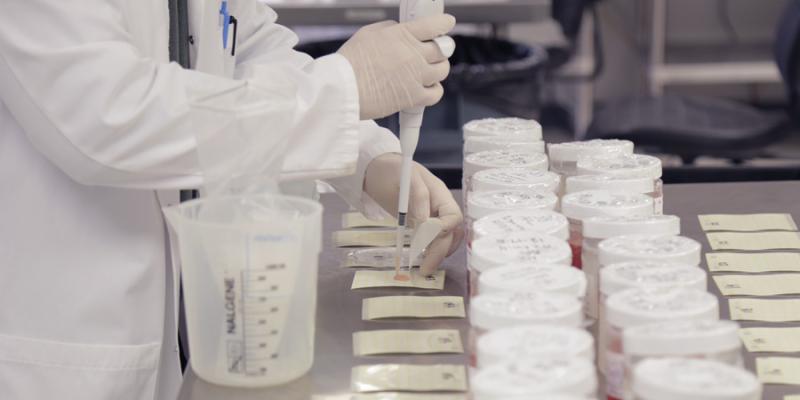Can a microbiology lab be taught online?
Yes, it's feasible to teach certain aspects of microbiology labs online through virtual lab instruction. While hands-on experience in a physical laboratory is invaluable, advancements in technology have allowed for the development of virtual labs that simulate many aspects of microbiology experiments and techniques.
Here are some ways online microbiology labs can be conducted:
Virtual Simulations: Software and online platforms offer simulated lab environments where students can perform experiments virtually. These simulations often replicate techniques like microscopy, culturing, biochemical tests, and data analysis.
Interactive Modules: Online modules or tutorials can guide students through microbiology concepts, experiments, and analyses. These modules may include videos, interactive quizzes, and step-by-step demonstrations.
Remote Labs with Physical Equipment: Some educational institutions have remote access setups where students can control laboratory equipment through the internet. Students can perform experiments remotely under supervision.
Lab Kit Shipments: Institutions or courses may send lab kits to students' homes containing materials and equipment necessary for simple microbiology experiments. These kits can be used in conjunction with online instructions.
Live Demonstrations and Discussions: Live-streamed or recorded demonstrations by instructors conducting experiments in a lab setting can supplement theoretical instruction. Follow-up discussions and Q&A sessions can enhance learning.
While online microbiology labs can provide a degree of practical understanding and exposure, they may not fully replicate the experience and depth of a physical lab. Challenges like limited access to sophisticated equipment, hands-on skill development, and the spontaneity of real lab work are limitations of virtual labs.
However, in situations where physical labs are inaccessible or when complementing theoretical learning, online microbiology labs can be beneficial. They offer flexibility, accessibility, and the opportunity for students to engage with practical concepts, especially when supplemented with theoretical knowledge and proper guidance from instructors.
Can the practical aspects of a microbiology lab be effectively taught through online methods?
The effectiveness of online methods in teaching the practical aspects of a microbiology lab is a complex question with no one-size-fits-all answer. It depends on several factors, including:
The specific skills and techniques being taught: Some basic skills like pipetting or aseptic technique can be demonstrated and practiced through simulations or video tutorials. However, more complex techniques like sterile inoculation or microscopic observation are challenging to replicate entirely online.
The level of student engagement and learning style: While interactive simulations and virtual labs can enhance learning for some students, others may need hands-on experience with real equipment and samples for deeper understanding and skill development.
The access to and quality of online resources: High-quality video demonstrations, 3D simulations, and virtual reality tools can significantly improve online learning, but not all institutions have access to or invest in such resources.
The availability of supplemental opportunities: Combining online modules with in-person lab sessions or workshops can address the limitations of online learning and provide students with essential hands-on experience.
Here are some potential benefits and drawbacks of using online methods to teach microbiology lab skills:
Benefits:
- Increased accessibility: Online resources can reach students in remote locations or with limited access to conventional labs.
- Standardized instruction: Online modules can ensure consistent delivery of information and techniques across different locations and instructors.
- Safety and reduced risk: Virtual simulations can be used to safely demonstrate potentially hazardous procedures before students attempt them in a real lab.
- Flexibility and self-paced learning: Online modules allow students to learn at their own pace and revisit materials as needed.
Drawbacks:
- Limited hands-on experience: Online methods cannot fully replicate the real-world experience of working with actual equipment and samples.
- Technical challenges: Access to reliable internet and suitable technology can be an obstacle for some students.
- Lack of direct feedback and guidance: Online learning may not provide the same level of personalized feedback and guidance as in-person labs.
- Potential for decreased engagement: Some students may struggle to stay motivated and engaged in online learning environments.
Overall, while online methods can be valuable tools for teaching certain aspects of microbiology labs, they cannot fully replace the hands-on experience of a traditional lab setting. The most effective approach likely involves a combination of online and in-person learning activities, tailored to the specific needs of the students and the skills being taught.












